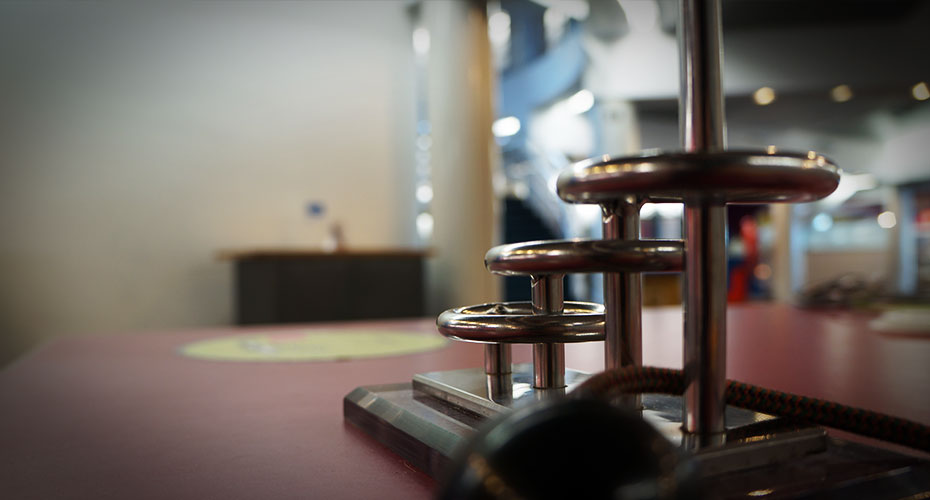Tool-mark analyses help forensic scientists identify the tool or tools used at the scene of the crime and link the tool(s) to the criminal. Investigators compare marks by examining detailed photos or silicone casts of the marks and collect trace evidence (such as residue) left behind by the tool.
There are three types of tool marks:
- Moulded: The object is inserted into the surface.
- Slipped: The object is dragged across the surface.
- Combo: The object is both inserted and dragged across the surface.
Premise: Tool Marks at the Point of Entry
Police survey the home and locate the point of entry at the back of the house. They find that the backdoor leading into the kitchen has clearly been vandalized. Pronounced tool marks are visible around the doorframe and the doorknob. They take photos and dust the door for fingerprints. While no prints are uncovered, the tool marks left on the door can be analyzed to identify the means used to enter the home.
In this activity, the student detectives’ task is to explore the types of marks made by a variety of tools and compare the marks on the Grizzly family’s back door.
